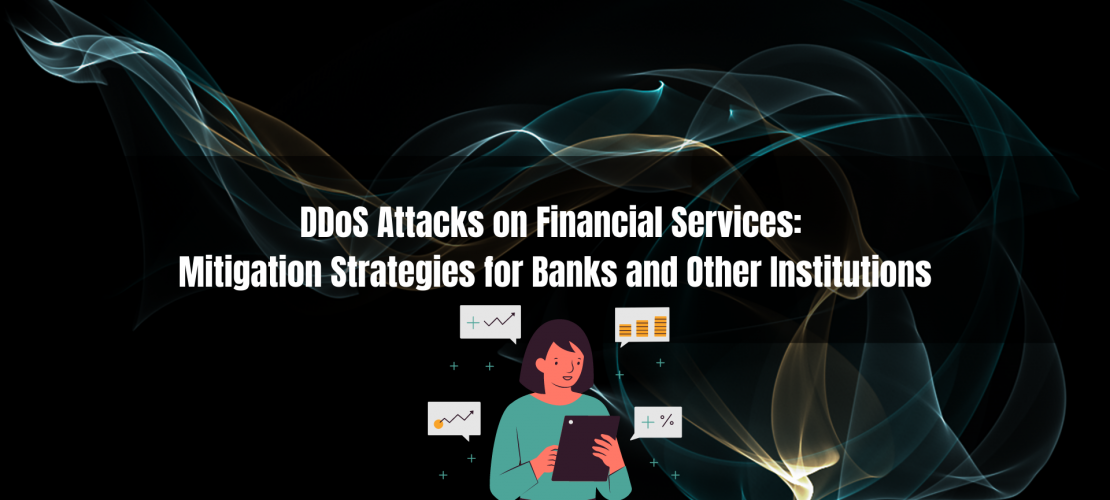Financial institutions such as banks, credit unions, and other organizations that handle financial transactions are prime targets for cybercriminals. One type of cyber attack that has become increasingly prevalent in recent years is distributed denial of service (DDoS) attacks. These attacks can cripple a financial institution’s operations by overwhelming their systems and networks with traffic, rendering them unable to provide services to their customers. In this blog post, we will explore the impact of DDoS attacks on financial services and discuss some mitigation strategies that banks and other institutions can implement to protect themselves.
Impact of DDoS Attacks on Financial Services:
DDoS attacks can have severe consequences for financial services institutions. The attacks can result in a loss of customer trust, damage to the institution’s reputation, and loss of revenue. The disruption caused by DDoS attacks can also affect the institution’s ability to operate effectively, resulting in significant financial losses.
One example of the impact of DDoS attacks on financial services is the 2012 attack on U.S. banks. The attacks lasted for months and targeted several major banks, resulting in significant downtime and disruption of services. The attackers used botnets to generate massive amounts of traffic, which overwhelmed the banks’ systems and networks.
Mitigation Strategies for Financial Services Institutions:
Financial services institutions can take several steps to mitigate the risk of DDoS attacks. Here are some mitigation strategies that banks and other institutions can implement:
- Implement DDoS Protection Services:
One of the most effective ways to mitigate the impact of DDoS attacks is to implement DDoS protection services. These services are designed to detect and block DDoS attacks before they can affect the institution’s systems and networks. They work by analyzing network traffic patterns and filtering out any traffic that appears suspicious. Many DDoS protection services also use machine learning algorithms to identify and block new types of attacks.
- Increase Network Capacity:
Another way to mitigate the impact of DDoS attacks is to increase network capacity. By increasing the institution’s network capacity, it becomes more difficult for attackers to overwhelm the network with traffic. This can be achieved by upgrading network hardware or increasing the institution’s bandwidth.
- Implement Redundancy Measures:
Financial services institutions can also implement redundancy measures to mitigate the impact of DDoS attacks. This involves duplicating critical systems and data in multiple locations, so if one location is affected by a DDoS attack, the institution can continue to operate from another location. Redundancy measures can include replicating data to offsite locations or implementing redundant servers and systems.
- Conduct Regular Testing and Auditing:
Regular testing and auditing of systems and networks are crucial for financial services institutions to ensure their systems are secure and up-to-date. This includes conducting regular vulnerability assessments, penetration testing, and network monitoring. By identifying vulnerabilities and addressing them proactively, institutions can reduce the risk of a successful DDoS attack.
Conclusion:
DDoS attacks pose a significant threat to financial services institutions, and the consequences of an attack can be severe. However, by implementing DDoS protection services, increasing network capacity, implementing redundancy measures, and conducting regular testing and auditing, institutions can reduce the risk of a successful attack. It is crucial for financial services institutions to take proactive measures to protect themselves against DDoS attacks to ensure their customers’ trust and maintain their reputation.




